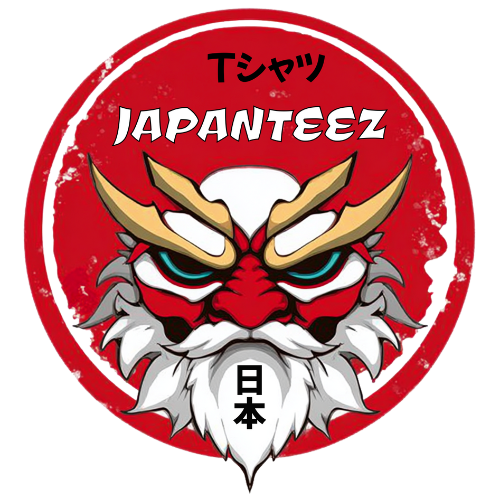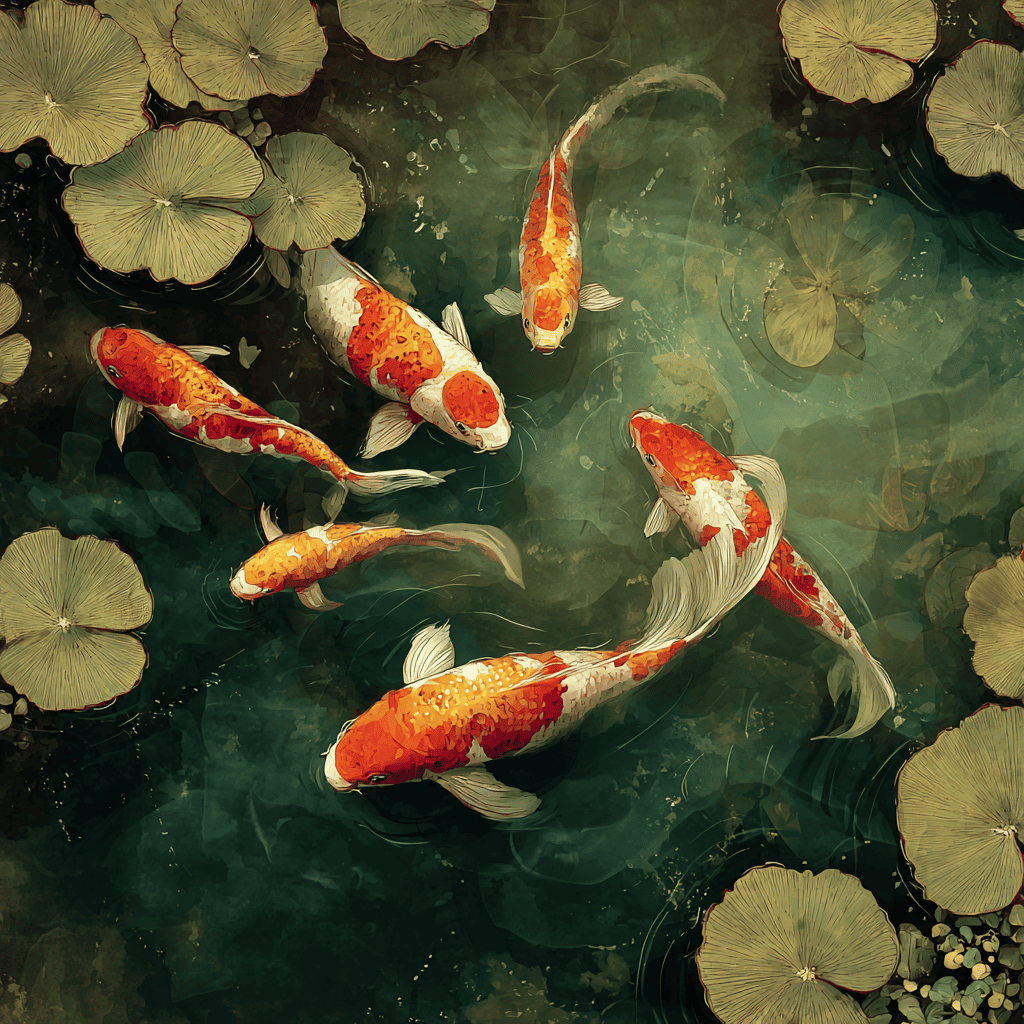What Does a Koi Fish Represent?
If you’ve ever seen a koi fish gliding gracefully through still water, you’ve probably felt something peaceful about it — like there’s a hidden story beneath its colorful scales. But what does a koi fish really represent? Why do people in Japan, and around the world, see it as more than just a fish?
Let’s dive deep into the symbolism, meaning, and cultural roots of the koi fish — and by the end of this article, you’ll understand why this elegant creature has become a global icon of strength, beauty, and transformation.
The Origin of Koi Fish: A Symbol Born in Japan
The koi fish has a long history in Japanese culture, but its origins trace back to ancient China. It’s believed that koi, or “nishikigoi” in Japanese, descended from common carp bred for their vivid colors over centuries.
When these vibrant fish were introduced to Japan, they became a symbol of prosperity, perseverance, and spiritual depth. Farmers in Japan began breeding koi intentionally, valuing not just their color but also their meaning — each pattern and shade carrying its own message.
Today, koi ponds are found everywhere in Japan, from temples and gardens to modern homes, as living symbols of harmony and balance.
If you love koi symbolism and want to carry it with you, our Koi Harmony Tee captures that same spirit of balance and transformation. Inspired by Japanese art, it blends elegance with meaning — a daily reminder to keep swimming forward.
What Does a Koi Fish Represent?
The short answer: koi fish represent strength, perseverance, courage, and transformation.
In Japanese philosophy, koi are admired for their ability to swim upstream and even climb waterfalls — a powerful metaphor for facing life’s challenges.
There’s an ancient legend that tells this story beautifully.
The Legend of the Dragon Gate
According to Chinese mythology, a group of koi once swam up the Yellow River. The journey was long, and many gave up, but one koi kept going — battling fierce currents until it reached the Dragon Gate waterfall.
When it finally leapt over the waterfall, the gods transformed it into a golden dragon as a reward for its determination.
This story is at the heart of what koi fish symbolize. It represents the journey toward success, the idea that with perseverance and courage, anyone can achieve greatness — no matter the obstacles.
That’s why koi fish are often linked to personal growth, ambition, and spiritual awakening.
What Do Koi Fish Symbolize in Japanese Culture?
In Japan, koi symbolism goes far beyond just “luck” or “beauty.” It touches almost every part of life — from art and architecture to personal identity.
Here’s a closer look at what koi fish symbolize in Japanese tradition:
1. Perseverance and Determination
The koi’s fight against the current mirrors how humans strive against life’s difficulties. It reminds people that strength isn’t the absence of struggle — it’s the ability to keep swimming.
2. Success and Ambition
Because of the Dragon Gate story, koi are seen as symbols of ambition and reward. They embody the belief that hard work eventually pays off.
3. Love and Friendship
Koi fish often swim in pairs, representing deep relationships. This is why koi imagery appears in gifts between loved ones or friends — symbolizing loyalty and harmony.
4. Masculinity and Bravery
In Japanese festivals like Children’s Day (Kodomo no Hi), families display koinobori (carp-shaped flags) to wish their sons courage and strength. Each flag represents a family member, with the father’s koi at the top — strong and fearless.
The Colors of Koi and Their Meanings
Koi fish come in dazzling colors — each one rich in symbolism. Here’s what different koi colors represent:
| Koi Color | Meaning |
|---|---|
| Red | Love, power, courage, motherhood |
| Black | Overcoming obstacles, resilience |
| Blue | Calmness, serenity, masculinity |
| Gold | Wealth, prosperity, fortune |
| White | Purity, new beginnings, spiritual growth |
| Orange | Happiness, ambition, optimism |
Each koi tells its own story through its colors — much like how we express ourselves through what we wear.
Koi Fish in Art, Tattoos, and Fashion
Koi fish are one of the most recognized symbols in Japanese art and have inspired creativity for centuries.
In Japanese Art:
Koi often appear in ukiyo-e woodblock prints and temple paintings, symbolizing the flow of life and the pursuit of harmony. Artists like Hokusai and Hiroshige immortalized koi in vivid scenes that still influence modern aesthetics.
In Tattoos:
Koi tattoos are deeply personal. They often represent the wearer’s life journey, resilience, and transformation.
- A koi swimming upstream shows a person still fighting their challenges.
- A koi swimming downstream can symbolize peace after achieving goals.
In Modern Fashion:
Today, koi designs appear on clothing, accessories, and home décor. The patterns connect traditional Japanese symbolism with modern style — expressing confidence and tranquility.
Our Nihon no Shizukesa Tee reflects this same philosophy, celebrating the koi as a timeless symbol of strength, balance, and tranquility. It’s inspired by the beauty of Japanese art and the calm resilience the koi fish represents.
Spiritual Meanings of the Koi Fish
Beyond culture and art, koi also have deep spiritual symbolism.
In Buddhism, the koi represents fearlessness. Just as koi swim calmly in deep water, the enlightened person moves through life without fear.
In Zen philosophy, koi remind us to find stillness in movement — to keep going but stay calm inside. They teach that real strength is gentle, not aggressive.
This idea has spread globally, making koi a universal symbol of inner peace and spiritual growth.
The Yin-Yang of Koi
You’ve probably seen koi fish in a circular pattern, swimming around each other — often in black and white. This image represents yin and yang, the balance between opposite forces.
The black koi symbolizes challenges or obstacles, while the white koi represents progress and success. Together, they show that both light and dark moments are part of one continuous flow — you can’t have one without the other.
That’s why koi imagery resonates so deeply with people — it’s not just about luck or beauty, but about embracing life’s duality.
What Do Two Koi Fish Represent?
Two koi fish, especially when swimming together, are a symbol of harmony, love, and unity.
In Japanese and Chinese culture, they’re often associated with marriage and lasting relationships, representing the perfect balance between partners.
Why Koi Fish Continue to Inspire the World
Even centuries after their origin, koi fish remain a source of inspiration for millions of people.
Their story transcends borders — from ancient rivers in China to modern tattoos in Los Angeles, koi remind us that no matter where we come from, we’re all swimming our own river toward something greater.
People love koi because they symbolize what we all hope to achieve:
- Growth through struggle
- Peace through balance
- Beauty through resilience
And maybe that’s why koi are so timeless — they carry a message that never fades.
Final Thoughts
So, what does a koi fish represent?
It represents courage, perseverance, love, balance, and transformation. It’s the embodiment of moving forward — no matter how strong the current gets.
Whether you keep koi in a pond, admire them in art, or wear them as a symbol of harmony, they remind us to stay resilient and peaceful.
If you’re inspired by koi symbolism and want to bring that meaning into your daily life, check out our Koi Harmony T-shirt. It’s more than just a shirt — it’s a wearable piece of Japanese philosophy.
Keep swimming, stay balanced, and remember: just like the koi, your journey can turn you into something extraordinary.

